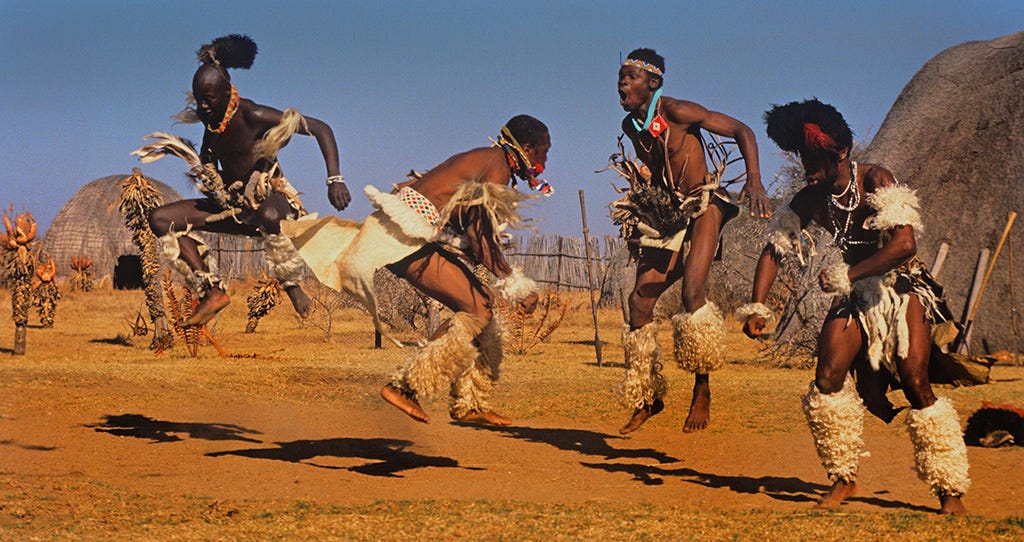The 15-Second Trick For South African Culture Today
Table of ContentsSouth African Culture Today - QuestionsThe Greatest Guide To South African Culture Today9 Easy Facts About South African Culture Today ShownThe Buzz on South African Culture TodayAll about South African Culture TodaySouth African Culture Today Can Be Fun For Anyone

The and lamb in addition to of individuals with shields and spears, in their paints. Hunter-gatherers can not live permanently alongside a worked out area and therefore issues developed. When the San dealt with against the BaNtu, they were at a significant disadvantage not just in numbers yet likewise in lack of tools.
The Europeans owned horses and firearms. In this duration, the variety of San was considerably lowered. South African culture today. They fought to the fatality and favored fatality to catch where they.Colonialism ruined the San migratory method of life, they were no longer allowed to roam openly and prize hunters destroyed the large herds of game that created their major supply of food

Specific individuals might assume management in particular rounds in which they excel, such as hunting or recovery rituals, however they can not attain settings of basic influence or power. White homesteaders located this really confusing when they tried to. Management among the San is kept for those that have lived within that team for a long period of time, who have actually accomplished a reputable age, and excellent character.
Land is usually had by a team, and legal rights to land are generally acquired bilaterally. Kinship bonds offer the. Subscription in a group is established by residency. As long as a person resides on the land of his team he maintains his membership. It is feasible to hunt on land not possessed by the team, but approval has to be obtained from the owners.
The Ultimate Guide To South African Culture Today
Although they do a reasonable quantity of capturing, the ideal approach of hunting is with weapon. The San arrowhead does not eliminate the animal immediately. It is the deadly poisonous substance, which ultimately causes the death. When it comes to tiny antelope such as Duiker or Steenbok, a couple of hours might expire before fatality.
Water is difficult to come by, as the San are continuously on the move. Generally during the completely dry season, these migrants collect their wetness by scratching and squeezing origins - South African culture today.
They additionally bring water in an ostrich eggshell. A caterpillar, reddish yellow in colour and concerning three-quarters of an inch long, called ka or ngwa is also made use of. until it looks like red currant jelly. It is after that allowed to cool and all set to be smeared on the arrows. The poisonous substance is highly poisonous and is greatly been afraid by the San themselves; the arrowhead points are consequently turned around to ensure that the poisonous substance is safely consisted of within the reed collar.
The poison is neuro hazardous and does not infect the entire pet. The spot where the arrow strikes is eliminated and tossed away, but the remainder of the meat is fit to consume. The effect of the toxin is not instantaneous, and the hunters often need to. The San also dug mistakes near the larger rivers where the video game came to consume.
The Single Strategy To Use For South African Culture Today
These pitfalls were cleverly covered with branches, which resulted in the pets strolling over the pit and falling onto the risk. When catching small pets such as hares, guinea chickens, Steenbok or Duiker, or fiber from plants were utilized. These had a running noose that strangled the animal when it stepped right into the entrapment to collect the food that had actually been put dig this inside it.
Aardvark holes are utilized by tiny dollar as a relaxing location to leave the midday sun. The hunter waited patiently behind the hole till the pet left. When this happened, it was be firmly pinned and appealed the head with a Kerrie (club). The and know the practices of their prey.
The Ultimate Guide To South African Culture Today
If the ground is bare and open, he will creep on his belly, often holding a small shrub before him. Hunters carry a skin bag slung around one shoulder, including personal items, toxin, medicine, flywhisks and added arrows. They may additionally lug a club to toss at and stun tiny video game, a lengthy penetrating stick to remove hares from their burrows or an adhere to dig out Aardvark or Warthog.
According to next page San tradition, they were welcome to share the meal and would certainly, in the future, have to respond in the same way. Plant foods, collected by the womenfolk, are not shared but consumed by the woman's instant family members. The San use over 100 edible varieties of plant.
Children stay at home to be monitored by those remaining in camp, however nursing kids are lugged on these gathering trips, adding to the lots the women have to bring. Till recently, most amateur and professional anthropologists looked at a rock paint of the San and thought that they might decode it without any troubles.
When witch doctor (medication males) repainted an Eland, they did not simply pay respect to a spiritual animal; they also utilized its essence (N!um). San rock paints are located in rocky areas of the KwaZulu-Natal, Eastern Cape and the Western Cape provinces.
Not known Facts About South African Culture Today
Blue and green were never ever used. Red was originated from haematite (red ochre), and yellow from limonite (yellow ochre). Manganese oxide and charcoal were utilized for black; white, which does not preserve well, was possibly obtained from bird droppings or kaolin. The blood of an Eland, an animal of wonderful religious and symbolic value, was frequently blended into the colour pigments.
Human figures are stylized and portrayed as having long strides and the pets check here are either galloping or jumping, or, extra discreetly, flicking a tail or twisting a neck. Most of the paintings have an underlying spiritual style and are believed to have been depictions of spiritual events and routines. The San belief system typically observes the superiority of one effective god, while at the same time recognizing the existence of minimal gods in addition to their better halves and children.
Among some San, it is thought that functioning the dirt is contrary to the world order developed by the god. The most crucial spiritual being to the southerly San was/ Kaggen, the trickster-deity. He produced lots of things, and appears in countless myths where he can be crazy or sensible, tiring or helpful.

Nonetheless,/ Kaggen is not always a hoping mantis, as the mantis is only one of his symptoms. He can also turn right into an Eland, a hare, a snake or a vulture - he can think lots of kinds. When he is not in one of his animal types,/ Kaggen lives his life as a normal San.
South African Culture Today - Truths
when he kills his very first huge antelope, preferably an Eland. Once caught, the Eland is skinned and the fat from the animal's throat and collarbone is made right into a brew. In the women' puberty rituals, a young girl is isolated in her hut at her initial menstrual cycle. The females of the people execute the Eland Bull Dancing where they mimic the breeding practices of the Eland cows.